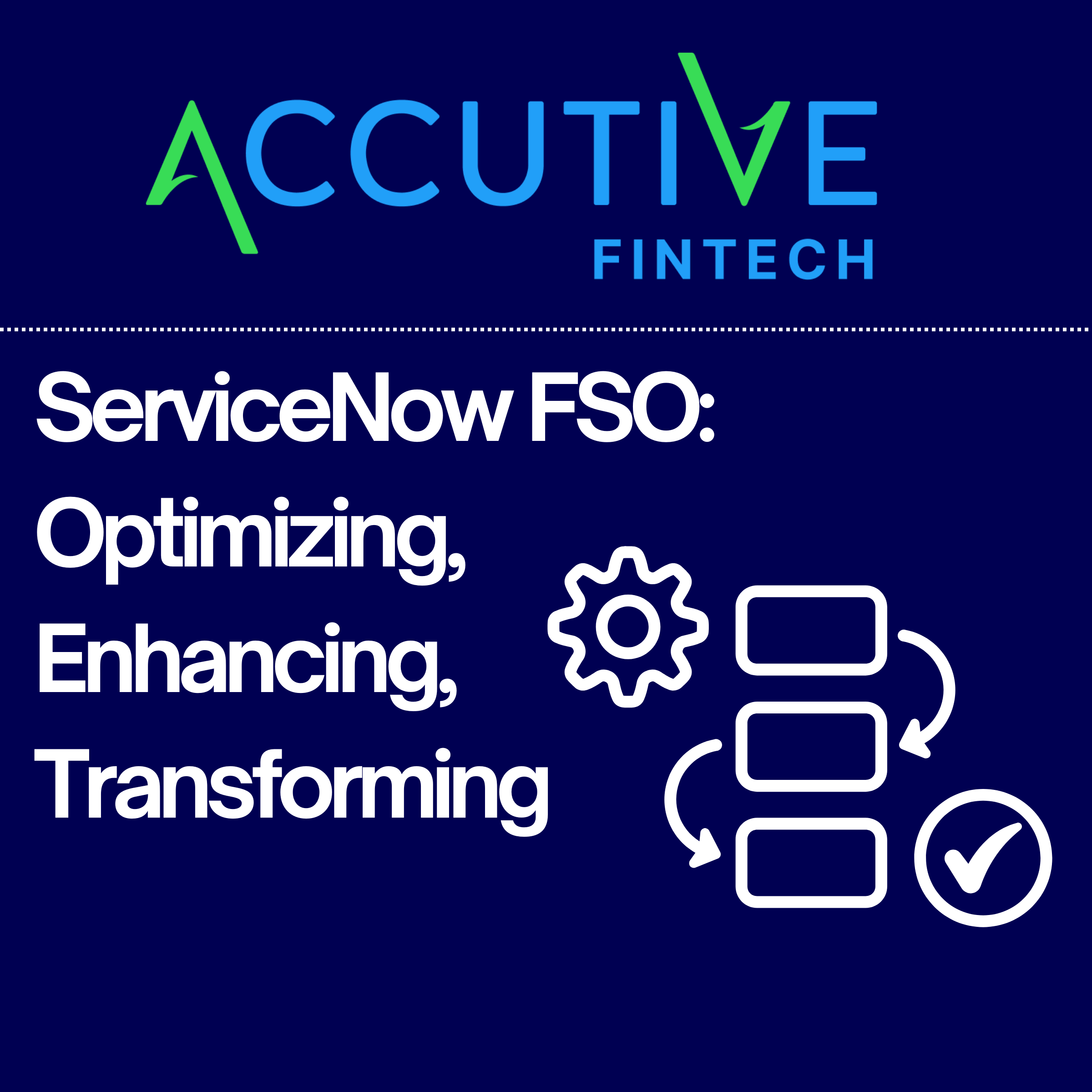While MuleSoft is widely recognized in the financial services industry as a leading integration platform as a service (iPaaS), its powerful automation capabilities often go unnoticed. Beyond simply connecting systems, MuleSoft provides a robust automation engine that can significantly enhance operational efficiency through business process automation (BPA).
MuleSoft excels in BPA through two primary approaches:
- Workflow automation: This involves automating complex, multi-step processes that often span multiple applications and systems.
- Robotic process automation (RPA): This focuses on automating repetitive, rules-based tasks that typically involve interacting with user interfaces.
This article focuses on workflow automation, exploring how MuleSoft can streamline and optimize processes across various industries, with a specific emphasis on financial services.
MuleSoft Automation: Streamlining and optimizing processes
At its core, MuleSoft automation empowers organizations to automate complex business processes, freeing up valuable time and resources, and reducing the risk of human error. This is achieved by creating automated workflows that orchestrate tasks, connect systems, and move data seamlessly across the enterprise. By automating workflows, organizations can:
- Improve efficiency: Eliminate manual, time-consuming tasks and streamline processes to significantly reduce cycle times and improve overall productivity. This allows employees to focus on higher-value activities that require human judgment and creativity, rather than getting bogged down in repetitive manual work. For example, automating data entry, report generation, or approval workflows can free up significant time for employees to focus on more strategic initiatives.
- Reduce costs: Minimize operational costs by automating repetitive tasks and optimizing resource allocation. Automation can reduce the need for manual labor, minimize errors that lead to costly rework, and optimize the use of IT resources. For instance, automating invoice processing can reduce the need for manual data entry, minimizing errors and freeing up staff for other tasks.
- Enhance accuracy: Reduce errors and improve data quality by automating data entry and processing. Automated workflows can ensure that data is entered consistently and accurately, minimizing the risk of human error. This leads to improved data quality, which is essential for making informed business decisions. For example, automating data validation checks can prevent incorrect or incomplete data from entering your systems.
- Increase agility: Respond quickly to changing business needs by automating processes and adapting workflows with ease. MuleSoft’s flexible platform allows organizations to modify and reconfigure automated workflows as needed, enabling them to adapt quickly to new requirements, market changes, or internal restructuring. This agility is crucial in today’s dynamic business environment.
- Improve compliance: Ensure adherence to regulatory requirements by automating compliance checks and workflows. MuleSoft can automate tasks such as data validation, audit logging, and reporting, helping organizations meet regulatory requirements and avoid costly penalties. For example, automating KYC (Know Your Customer) checks can ensure compliance with anti-money laundering regulations.
In essence, MuleSoft automation empowers organizations to move away from manual, error-prone processes and embrace a more efficient, agile, and compliant way of working. By automating workflows, businesses can optimize operations, reduce costs, improve accuracy, and respond more effectively to changing business needs.
Key Components of MuleSoft Automation
How does MuleSoft Automation work? MuleSoft offers a comprehensive suite of automation tools that empower organizations across various industries to streamline operations, improve efficiency, and drive digital transformation. These tools cater to both technical and business users, enabling everyone to participate in the automation journey. Here are the key components of MuleSoft’s automation solution:
- MuleSoft RPA: Robotic Process Automation (RPA) automates repetitive, rules-based tasks, such as data entry, invoice processing, and report generation. This frees up employees from tedious manual work, allowing them to focus on more strategic and customer-centric activities. RPA bots can interact with applications and systems just like humans, navigating user interfaces and extracting data without the need for API access.
- MuleSoft Composer: An intuitive, low-code platform that empowers business users in various departments (marketing, sales, finance, HR, etc.) to connect applications and automate workflows without writing any code. This enables them to build simple automations for tasks like sending notifications, synchronizing data between applications, and automating approvals. Composer democratizes automation by putting the power in the hands of business users, allowing them to solve their own automation challenges.
- MuleSoft Anypoint Platform: The core integration platform as a service (iPaaS) provides a unified foundation for building and managing both integrations and automations. Anypoint Platform connects disparate systems, applications, and data sources, enabling a 360-degree view of customers and processes. It provides a centralized platform for designing, developing, deploying, and managing APIs, integrations, and automations, ensuring consistency and governance across the organization.
- Salesforce Flow: A powerful automation tool within the Salesforce platform, Flow allows users to build complex workflows and automate business processes within Salesforce and across connected applications. It provides a visual, drag-and-drop interface for designing automations, and can be used to automate tasks such as record updates, approvals, email notifications, and more. With MuleSoft’s integration with Salesforce, Flow can be seamlessly incorporated into broader automation initiatives, extending automation capabilities across the enterprise.
By combining these components, organizations can achieve significant automation across their entire enterprise.
Use Cases of MuleSoft Automation for Financial Services
MuleSoft automation can be applied to a wide range of use cases within financial institutions to streamline operations, enhance customer experiences, improve compliance, and drive innovation. Here are some examples, with specifics on which MuleSoft automation tools are best suited for each:
- Automated Loan Approval: Your financial institution can automate the loan approval process by integrating its loan origination system with credit bureaus, identity verification services, and other data sources. The Anypoint Platform can orchestrate the entire workflow, automatically retrieving credit scores, verifying income, and assessing risk. By incorporating MuleSoft AI, the platform can leverage machine learning models to make intelligent credit decisions and automate approval or denial responses, leading to faster approvals, reduced manual effort, and improved customer satisfaction. This automation can also include document generation and e-signature integration (e.g. DocuSign) for a completely digital loan application experience.
- Real-time Online Fraud Detection (OFD): Your bank or credit union can use Anypoint Platform to integrate its transaction monitoring system with fraud detection tools and AI-powered risk scoring engines. This allows for real-time analysis of transactions, flagging suspicious activities based on predefined rules or machine learning models. Automated responses can be triggered, such as blocking accounts, sending alerts to security teams, or initiating step-up authentication for high-risk transactions. This helps protect your institution and your customers and members from fraudulent activities.
- Streamlined automated digital account opening: Financial institutions can use MuleSoft to create a seamless integrated digital onboarding experience for your customers and members. Leveraging a best in class digital account opening solution such as Temenos Journey Manager, MuleSoft Anypoint Platform can seamless connect your digital onboarding and core banking platforms in a three-tier architecture. Additionally, MuleSoft RPA can be used to automate any manual tasks such as data entry, document verification, and background checks, further streamlining the process. This can include automated document generation, e-signature integration, and real-time account updates.
These examples demonstrate how MuleSoft’s suite of automation tools — Anypoint Platform, RPA, Composer, and AI — can be combined to address a variety of use cases within financial services. By strategically leveraging these tools, your financial institution institutions can achieve significant improvements in efficiency, customer experience, compliance, and innovation.
Implementing MuleSoft Automation
Implementing MuleSoft automation requires careful planning and execution to ensure success and maximize its benefits. Here are some key steps:
- Identify Automation Opportunities: Analyze your existing business processes to identify areas where automation can deliver the greatest value. Look for processes that are repetitive, time-consuming, prone to errors, or involve a high volume of manual tasks. Prioritize processes that have a significant impact on business outcomes, such as customer satisfaction, operational efficiency, or revenue generation.
- Define Clear Objectives: Establish specific, measurable, achievable, relevant, and time-bound (SMART) goals for your automation initiatives. This will help you track progress, measure success, and demonstrate the value of automation to stakeholders.
- Design the Workflow: Map out the steps involved in the process you want to automate, including inputs, outputs, decision points, and dependencies. Define the automation logic, specifying how data will be processed, transformed, and routed between systems. Consider using process modeling tools to visualize the workflow and identify potential bottlenecks or inefficiencies.
- Develop and Deploy the Integration: Use MuleSoft’s Anypoint Platform to develop and deploy the integration flows that will automate the workflow. Leverage Anypoint Studio, a graphical development environment, to design and configure integrations using pre-built connectors, components, and transformers. Deploy the integration to Anypoint Runtime, a lightweight runtime engine that can be deployed on-premises, in the cloud, or in a hybrid environment.
- Test and Monitor: Thoroughly test the automation to ensure it functions as expected and meets the defined objectives. Conduct unit tests, integration tests, and user acceptance tests (UAT) to validate the functionality and performance of the automation. Implement monitoring and logging capabilities to track the performance of the automation in real-time, identify any issues or errors, and proactively address potential problems.
- Iterate and Optimize: Continuously monitor and analyze the performance of your automation to identify areas for improvement. Refine the workflow, optimize the integration flows, and adjust the automation logic as needed to maximize efficiency, accuracy, and scalability.
Key Risks and Considerations
While MuleSoft automation offers significant benefits, it’s important to be aware of potential risks and considerations to ensure successful implementation and avoid unintended consequences:
- Complexity: Automating complex processes can be challenging and requires careful planning, design, and testing. Complex automations require an upfront investment that will pay dividends down the line, but it’s important to ensure that you have the necessary expertise and resources to handle the complexity of the project.
- Data Security: Protecting sensitive data is paramount. Ensure that appropriate security measures are in place throughout the automation workflow, including encryption, access control, and data masking.
- Error Handling: Implement robust error handling mechanisms to prevent disruptions, ensure data integrity, and maintain business continuity. This includes logging errors, sending alerts, and implementing fallback mechanisms to handle unexpected situations.
- Change Management: Automation can significantly impact business processes and workflows. With the elimination of manual processes, your team’s jobs may change and it is important that you have a plan for each affected stakeholder that is clearly communicated. Ensure that adequate training is in place for affected employees, and addressing any concerns or resistance to change.
- Maintainability: As your automation solutions grow in complexity, ensure you have a clear strategy for maintaining and updating them. This includes documentation, API governance, version control, and a plan for ongoing support and maintenance.
By carefully considering these risks and taking proactive steps to mitigate them, organizations can maximize the benefits of MuleSoft automation and achieve their desired outcomes.
Accutive FinTech: Your MuleSoft Automation Partner
As a MuleSoft Certified Partner, Accutive FinTech possesses deep expertise in helping financial institutions harness the full potential of MuleSoft Automation. Our services include:
- MuleSoft Best Practice Assessment and Planning: We analyze your integration approach, MuleSoft practice and identify automation opportunities to maximize efficiency and the return on your investment into the MuleSoft platform.
- RPA implementation and management: We design, develop, and deploy RPA bots to automate repetitive tasks and streamline workflows.
- Composer implementation and training: We empower your business users to build automations with MuleSoft Composer through hands-on training and support.
- Anypoint Platform integration and customization: We ensure seamless integration of MuleSoft Anypoint Platform with your existing systems and applications.
Interested in discovering how MuleSoft automation can enhance your organization’s productivity and the value of your platform?








